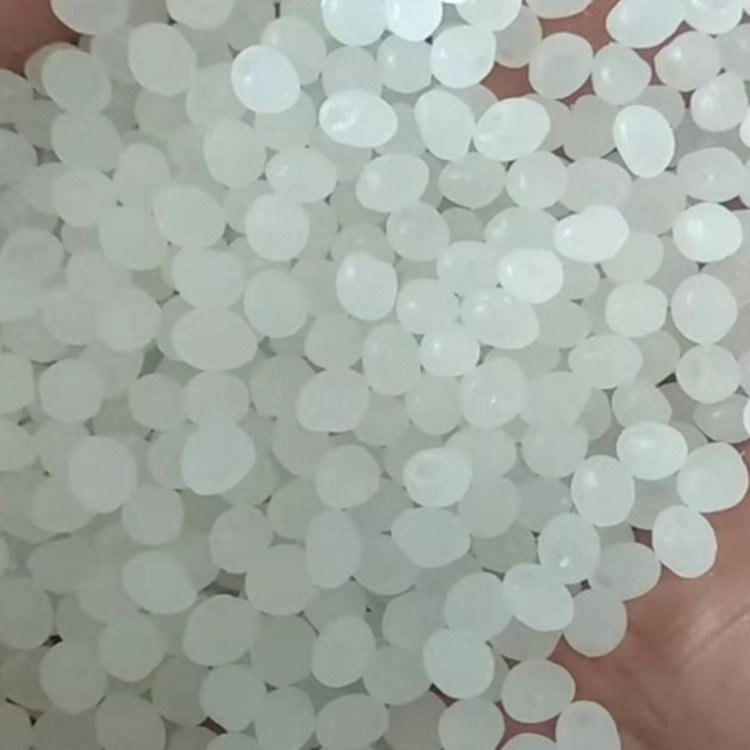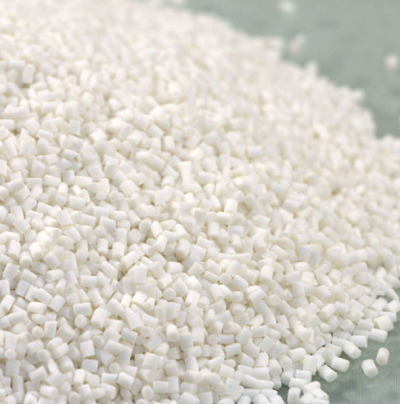We often say that the degradable environmental protection bag is made of PLA+PBAT blown film. What is the content of PBAT and the quality of the bag is the best? Let me share with you how our blend of PBAT and PLA is matched by Jiuxinda.
Because PLA has poor film-forming properties and the blown film is relatively brittle, the method of blending with PBAT biodegradable material solution is used. PBAT is an aliphatic-aromatic copolyester synthesized from adipic acid, terephthalic acid and 1,4-butanediol as monomers. This polyester material is biodegradable and has good film-forming properties. , The made Mo has good tensile properties and flexibility.

After repeated and repeated tests, it is confirmed that when the content of PBAT is small, the film formation is not good, the surface of the film is not smooth, and there are unevenness. With the increase of PBAT content (up to 40%), the film The apparent morphology is improved, the film-forming properties are better, and the gloss is also good.
Tests on the optical properties of the film showed that the light transmittance (91.0% and 89.6%) of the blend film is lower than that of the pure PBAT film or the pure PLA film. However, with the increase of PBAT content, the light transmittance of the blend film has also increased, especially after reaching 40%, the increase is also very large (reaching more than 81.2%).
The mechanical properties of the film were tested. The result is that as the content of PBAT increases, the tensile strength of the blend film gradually decreases. When 50% is added, it almost drops by half (13.5~6.8MPa). But the toughening effect on the film is obvious, especially when the amount of addition exceeds 40%, the elongation at break of the film increases significantly, reaching 75.1% when the content is 50%, which is more than 15 times that of the pure PLA film.

The PLA/PBAT blend film with different PBAT content was observed through scanning electron microscope to observe the microscopic morphology of the surface. When the PBAT content is 20%, it can be seen that there are obvious cavities and the film has poor compactness. When the PBAT content is 40%, the film is denser. When the content reaches 50%, its microscopic morphology is uniform, dense and smooth. Analysis of the reasons believes that the PLA/PBAT blend system is partially compatible. The blend system with a PBAT content of 20% may be a single-phase continuous morphology structure. PLA is a continuous phase and PBAT constitutes a dispersed phase. The performance of the film mainly depends on the performance of PLA, and the film is brittle. When the PBAT content is 40%, a two-phase staggered interlocking morphological structure may be formed, which has a dispersed state with a larger boundary area. When the content of PBAT is 50%, the PLA/PBAT blend system has reversed. PBAT is the continuous phase and PLA constitutes the dispersed phase. The performance of the film thus produced mainly depends on the performance of PBAT, and the toughness of the film is improved.






